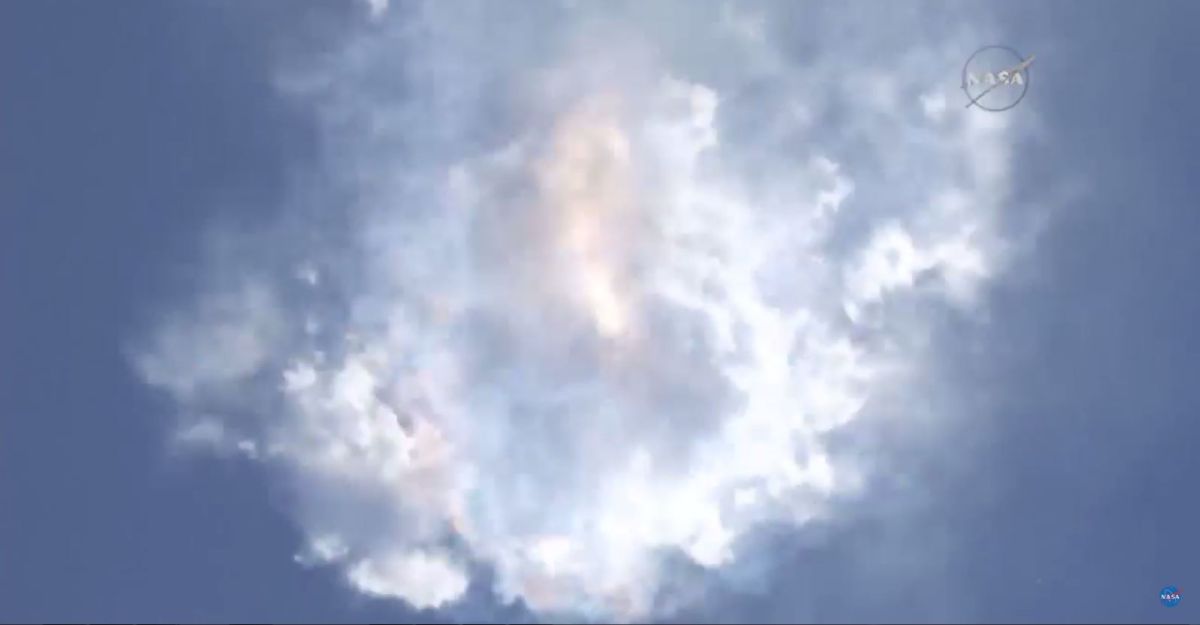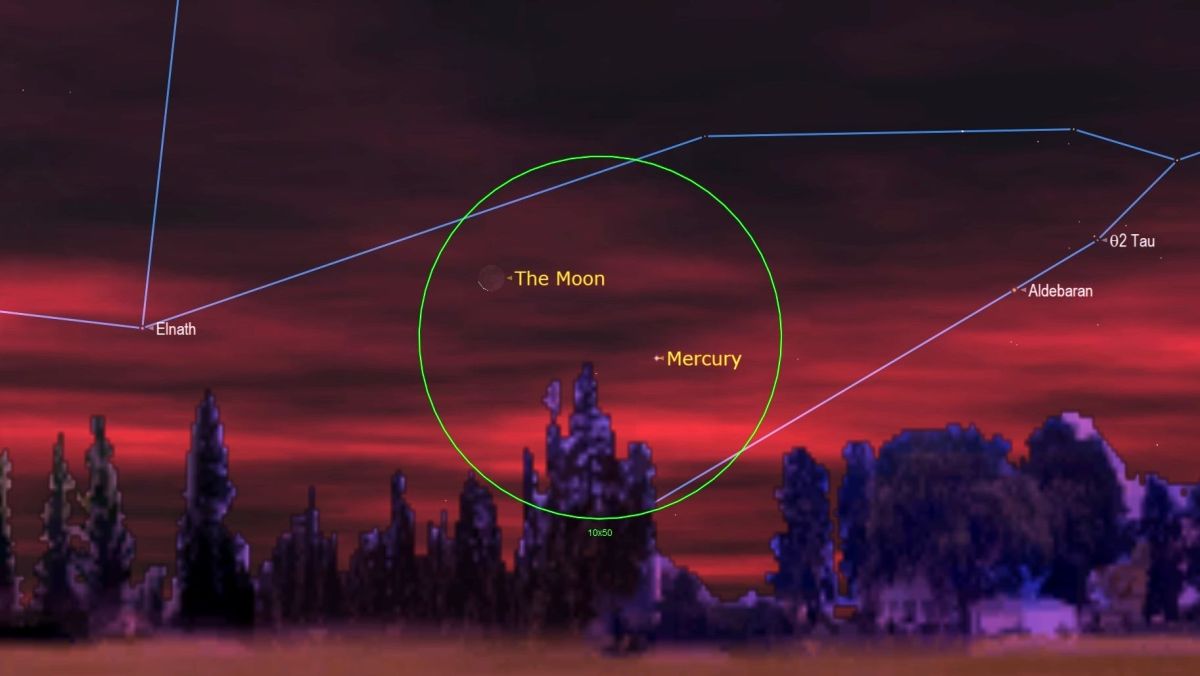On June 28, 2015, a SpaceX Falcon 9 rocket exploded minutes after launching from Cape Canaveral Air Force Station in Florida. It was on its way to deliver cargo to the International Space Station. This was the third launch failure of a cargo mission in just eight months, following the loss of a Russian Progress cargo ship earlier in 2015 and the October 2014 loss of an Orbital ATK (now Northrop Grumman Space Solutions) Cygnus vehicle when its Antares rocket exploded seconds after liftoff. Image 1 of 3 SpaceX’s Falcon…
Read MoreMonth: June 2022
CAPSTONE Launches to Test New Orbit for NASA’s Artemis Moon Missions
NASA’s CubeSat designed to test a unique lunar orbit is safely in space and on the first leg of its journey to the Moon.
Read MoreFound: Booster Impact Crater on the Farside of the Moon
The Lunar Reconnaissance Orbiter mission has found the impact site created March 4th. The crater might help reveal the impactor’s identity. The post Found: Booster Impact Crater on the Farside of the Moon appeared first on Sky & Telescope.
Read MoreNASA to Cover Northrop Grumman Cygnus Departure from Space Station
Northrop Grumman’s uncrewed Cygnus spacecraft is scheduled to depart the International Space Station on Tuesday, June 28, more than four months after delivering 8,300 pounds of supplies, scientific investigations, commercial products, hardware, and other cargo to the orbiting laboratory for NASA.
Read MoreNASA’s James Webb Space Telescope: The ultimate guide
NASA’s James Webb Space Telescope (JWST) is an infrared space observatory that launched on Dec 25, 2021, from ESA’s launch site at Kourou in French Guiana, at 7:20 a.m. EST (1220 GMT; 9:20 a.m. local time in Kourou), aboard an Arianespace Ariane 5 rocket. NASA will release the first scientific images from Webb on July, 12. You can watch all the excitement here at Space.com courtesy of NASA or directly through the agency’s website (opens in new tab). The $10 billion James Webb Space Telescope — NASA’s largest and…
Read MorePlanet Neptune will go into reverse as it moves in the sky on Tuesday
Early Tuesday (June 28) Neptune will enter retrograde whereby the planet’s eastward movement across the night sky stops and its westward movement begins. After Tuesday, Neptune “will commence a westward retrograde loop that will last until early December,” writes geophysicist Chris Vaughan, amateur astronomer with SkySafari Software who oversees Space.com’s Night Sky calendar. Skywatchers will be able to observe Neptune‘s faint blue disk in telescopes (marked by a green circle in the image above) according to Vaughan. Look to the southeastern sky between about 2 and 4 a.m. local time…
Read MoreJames Webb Space Telescope will study Milky Way’s monster black hole
Astronomers needed a telescope the size of Earth to image the monster black hole at the center of the Milky Way — and next time they tackle the continuing observations, they’ll have help from NASA’s next-generation observatory in space. The James Webb Space Telescope, also known as JWST or Webb, launched in December 2021 and is wrapping up preparations to begin observing the universe. Among the tasks scheduled for the new observatory’s first year of work is teaming up with the Event Horizon Telescope (EHT), the global array of observatories…
Read MorePublic Affairs Specialist Tyrone McCoy
“A piece of my story that I think needs to get told is that broken crayons still color.” – Tyrone McCoy, Public Affairs Specialist, NASA Headquarters
Read MoreBuzz Lightyear has really flown in space. Here are the videos to prove it.
At 468 days in space, Buzz Lightyear has spent the longest time ever in space on a single mission. The catch is, as Lightyear’s friend Woody would remind us in a hot minute, he is a toy! Whether toy or space ranger, however, the loveable Lightyear is back in the popular conversation yet again for the Disney movie “Lightyear,” which is out now exclusively in theaters. Since first appearing on our screens in 1995 shouting about “infinity and beyond” and sad, strange little men, Lightyear’s antics have attracted fans young…
Read MoreSee the moon shine near Mercury before dawn on Monday as it concludes its planet tour
Look to the east-northeastern horizon before dawn on Monday (June 27) to see the moon wrap up its monthly tour of the morning plants with Mercury. “The silver sliver of the old moon‘s crescent will shine several finger widths to the upper left (or 3.5 degrees to the celestial north) of the bright dot of Mercury,” writes Chris Vaughan, amateur astronomer with SkySafari Software who oversees Space.com’s Night Sky calendar. The pair will be close enough to share the view of a pair of binoculars (represented by the green circle…
Read More


